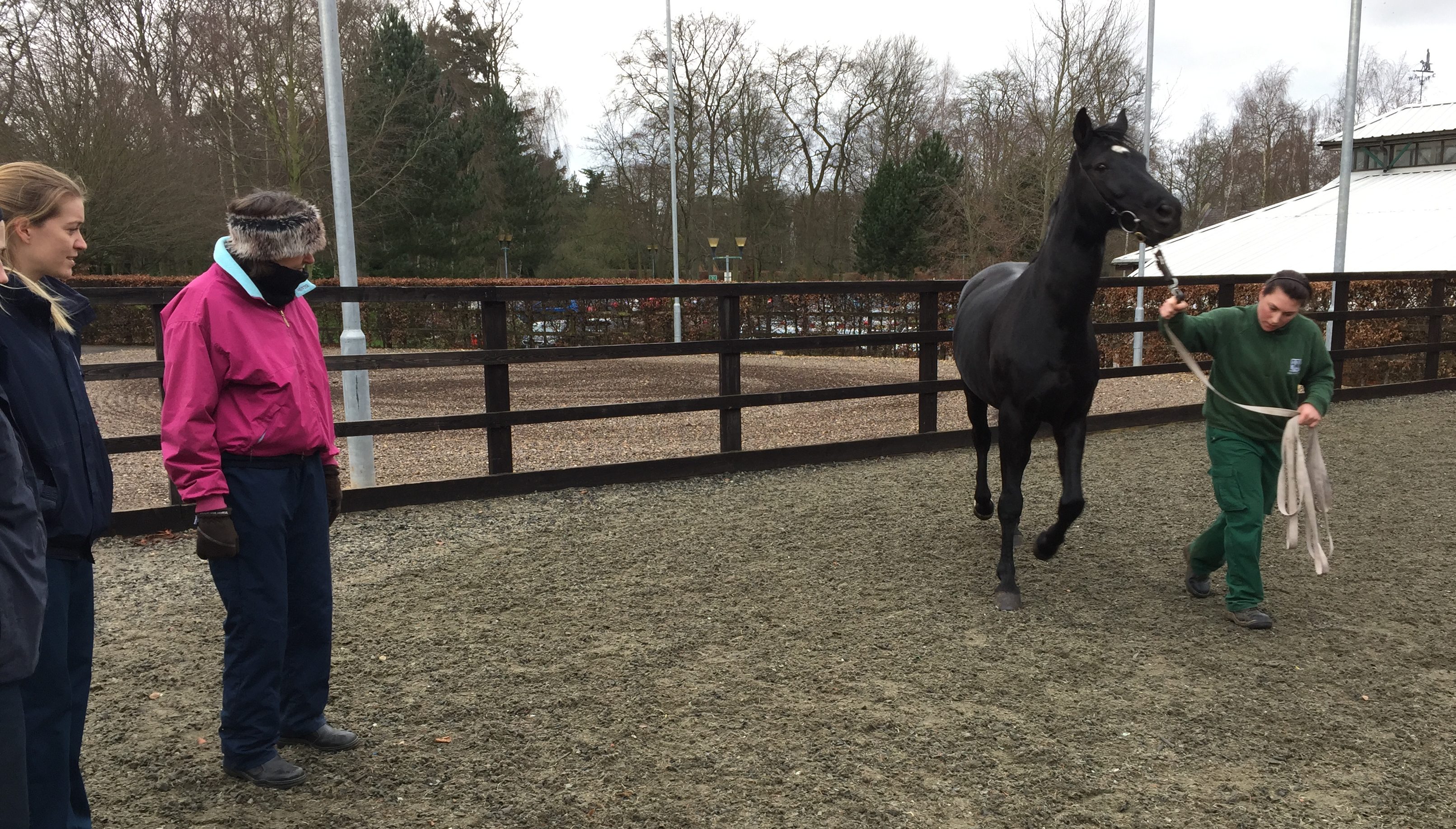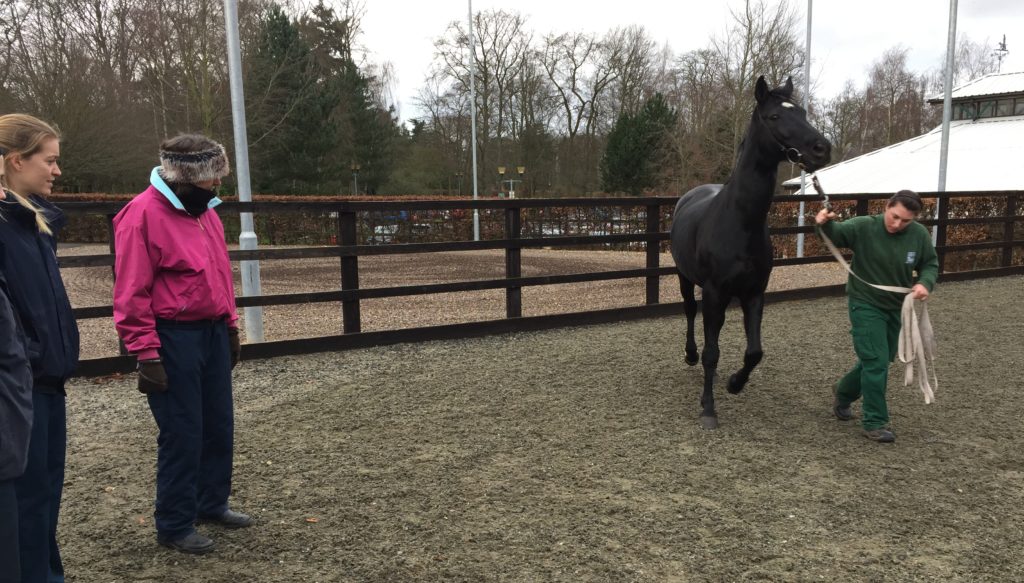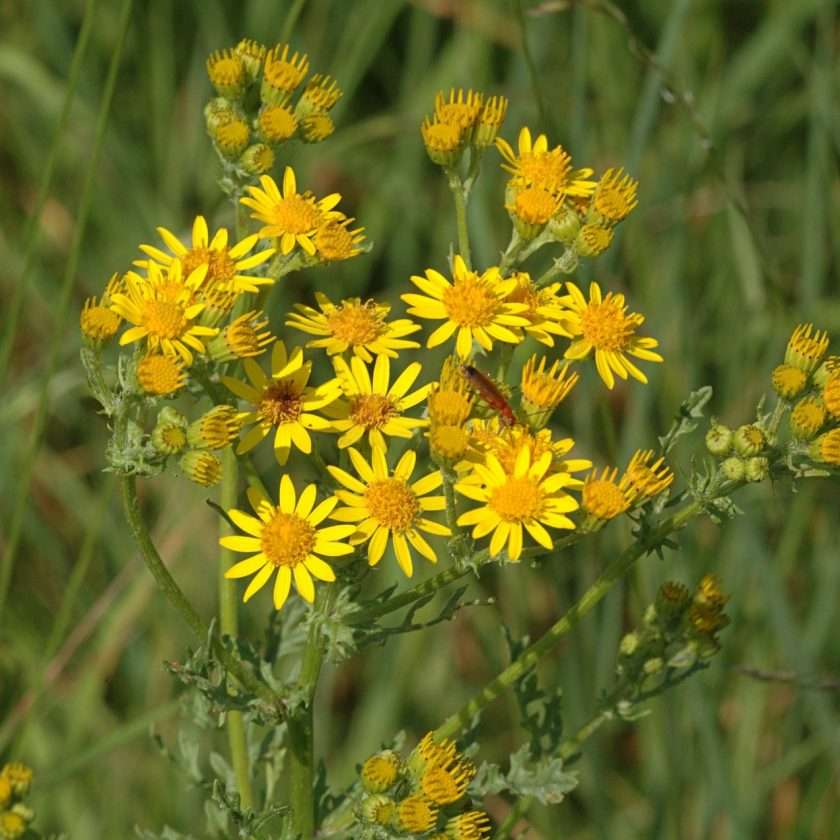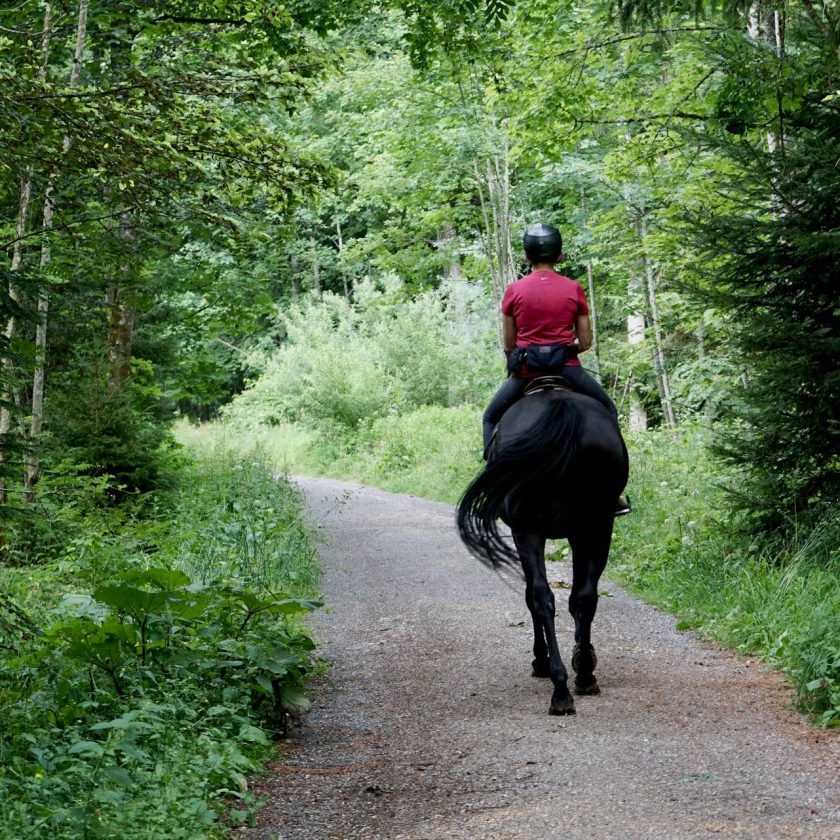In this article we focus on the lame horse. The piece aims to describe how to spot a lame horse, assessing lameness, feed recommendations and other related topics. The Animal Health Trust gets us underway with the first of those topics, on how to spot the lame horse.
What does the term lameness mean?
Lameness essentially means an abnormal gait, which is most of the time caused by pain.
How common is it?
Lameness is very common. It is the most important performance-limiting reason in most equine disciplines and the most common reason for the end of a horse’s athletic career. Many horses cope with a low-grade lameness without their owner/rider noticing it, which does not mean that they would not be happier or would do better if they were not lame! In a recent research study, nearly half of general riding horses in full work, thought to be sound by their owner were actually lame when examined by a vet.
Does a horse have to be limping to be lame?
The severity of lameness ranges from subtle and hardly noticeable, to severe; with some horses not even being able to put weight on their sore leg. The severity of lameness often correlates with the severity of injury, but this is not always the case. Horses with a foot abscess can be very lame and hardly walk. Once the abscess bursts, lameness usually improves quickly and horses may even be sound the following day. On the other hand, horses with a severe lesion in their superficial digital flexor tendon are often not lame at all or only mildly, but if the injury is not diagnosed and treated promptly, the injury can get worse (the horse will eventually be lame) and the tendon may even tear completely.
How would you identify that your horse might be lame?
Some horses (especially with moderate to severe lameness) will limp, which is easy to see if the horse is lame on one of the forelimbs, but in other horses lameness may be more subtle. You may notice that your horse does not do particular tasks as well as he used to. He may not want to go forwards, may prefer to go on one rein to the other, feel less powerful, or just feel flat. A dressage horse may struggle with particular movements (e.g. is late in flying changes, does not half pass correctly on one rein). A show-jumper may not want to land on one rein compared to another, or may start refusing to jump. You may find that your horse no longer works in an outline; he may be behind or above the bit, heavy in the hand or just fight the contact. Some horses also change their behaviour as a result of pain, which owners can sometimes mistake for naughtiness rather than an underlying injury. If a horse finds flexion of their hindlimbs painful (e.g. because of sore hocks), they may become difficult with the farrier or when the hind feet are picked out.
How can you tell which is the problem leg?
Forelimb lameness is usually easier to spot than hindlimb lameness. If the horse limps, he will lift his head when he puts the sore limb on the ground. Severe hindlimb lameness may be easy to spot, if the horse is not bearing weight or is dragging the limb. Again, take note of which rein your horse has started to struggle working on as this may be another indication.

When would it be appropriate to call your vet?
If you notice or suspect that your horse is lame, it is always a good idea to call your vet for advice. Based on how urgent they think the problem is, they will advise whether your horse needs to be seen immediately, or it is ok to wait until you can get a scheduled routine appointment.
What checks can you do?
If you find your horse lame, you should check their feet. Occasionally a stuck stone or pulled shoe can make horses quite sore. If you know or suspect which leg is lame, you can feel the leg for any unusual swelling or an area that is hot or painful. However, if you don’t feel your horse’s legs on a daily basis, you most likely won’t be able to spot problems unless quite severe. Although good to identify a problem, it is best to leave the diagnosis to your vet.
What can you do to prevent lameness?
- When buying a new horse, getting him/her vetted is a good start. Your vet may spot a lameness or another issue that is not obvious to you.
- Keeping a horse in regular work has many benefits, including building up and maintaining muscle strength. A horse with good muscle strength is less likely to overuse joints and ligaments than a weak horse. If the horse is only occasionally worked, especially if he/she is then asked to do a lot, they may be more likely to sustain an injury. If workload is increased, it should be done gradually.
- Attention should be paid to the surface the horse is worked on. If the ground is too hard, it may cause concussion to the feet and other structures of the limb. If the ground is too deep, it can overload tendons and ligaments. Uneven ground may also increase the risk of injuries.
- The horse’s workload should be varied; asking them the same task too many times and/or too often (e.g., advanced dressage movements or jumps) can lead to overuse of various parts of the limbs and subsequently lameness.
- Feeling your horse’s leg on a daily basis will help you to get used to what is normal for your horse and to spot if he develops a new swelling or a certain area is warmer or more sensitive than usual.
For more information on the Animal Health Trust click here






